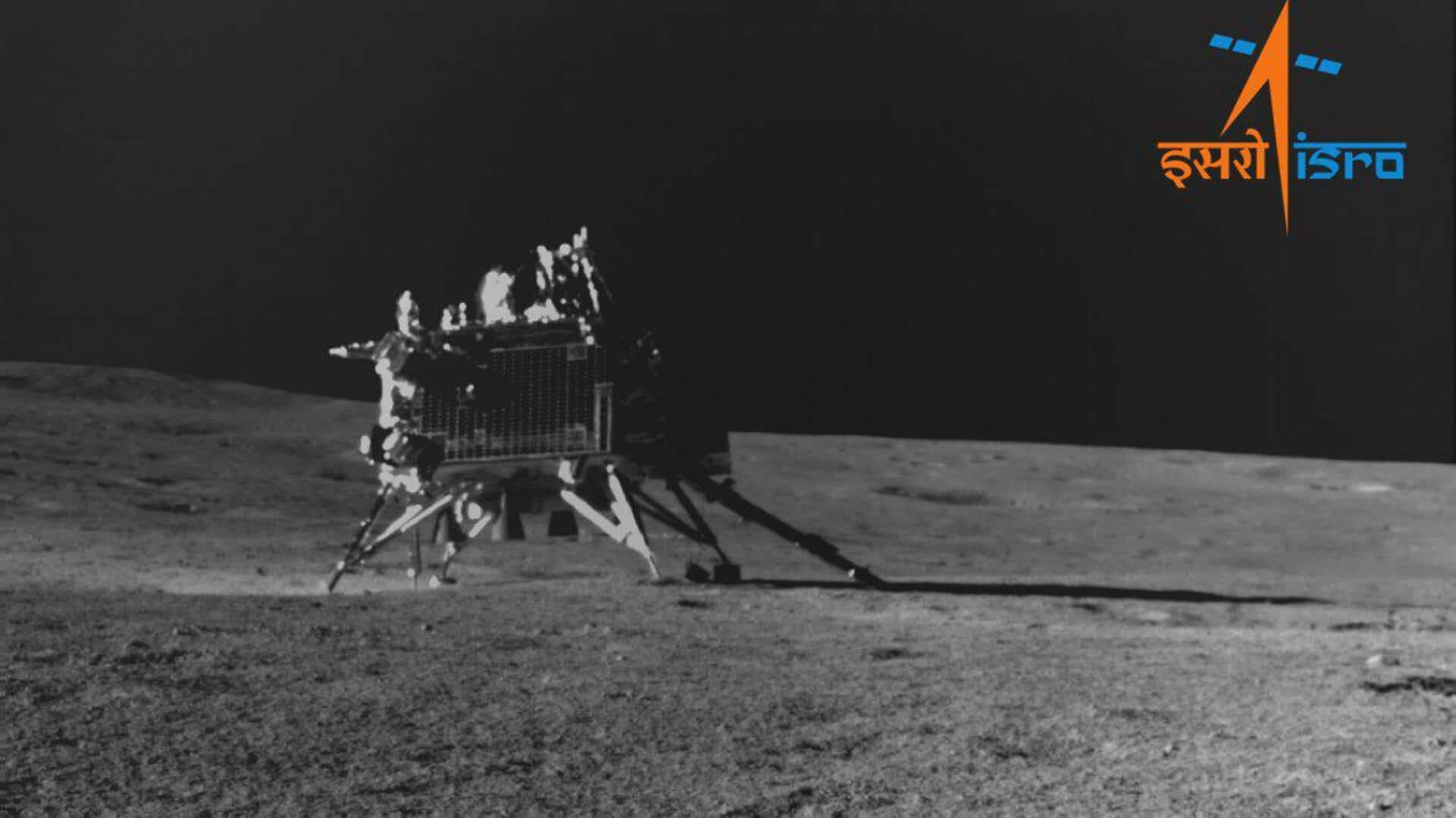
Chandrayaan-3 rover lands in Moon's oldest crater
What's the story
India's lunar mission, Chandrayaan-3, has pulled off an incredible feat by landing in Moon's oldest crater. It's a spot that no other mission has ever ventured into. Scientists from the Physical Research Laboratory and Indian Space Research Organisation (ISRO) in Ahmedabad estimate that the crater is around 3.85 billion years old. It was formed during the Nectarian period, which dates back about 3.5 billion years ago.
Geological significance
Unique landing site offers new insights
S Vijayan, an associate professor in the Planetary Sciences Division at the Physical Research Laboratory, recently talked about the uniqueness of Chandrayaan-3's landing site. He said, "Chandrayaan-3 landing site is a unique geological setting where no other missions have gone." According to him, the images captured by Pragyan rover are the first ones taken on-site of the Moon at this latitude and they reveal how the Moon evolved.
Crater creation
Understanding the formation of lunar craters
Scientists explained that craters pop up when an asteroid hits a larger body's surface, pushing out material called ejecta. The photos from the Pragyan rover have revealed that half of this specific crater is covered under ejecta from the South Pole-Aitken basin, which is the biggest and most notable impact basin on the Moon. By the way, an impact basin is a large, complex crater that's over 300km in diameter.
Site composition
Chandrayaan-3's landing site: A mix of lunar materials
Vijayan explained that close to the landing site, they spotted ejecta from another impact crater. The images from the Pragyan rover revealed that similar material was hanging out at the landing site too. He added, "Together, the images from the mission and satellites showed that the Chandrayaan-3 landing site consists of material deposited from different regions of the Moon."
Mission details
Landing site was named 'Shiv Shakti Point'
Chandrayaan-3, launched by ISRO, made a soft landing near the Moon's south pole on August 23, 2023. The Pragyan rover was deployed on the lunar surface by the Vikram lander. The Government of India named the landing site as 'Shiv Shakti Point' on August 26, 2023. To confirm their findings, scientists also studied other craters formed during the Nectarian period and found that most of these craters were severely degraded and modified.